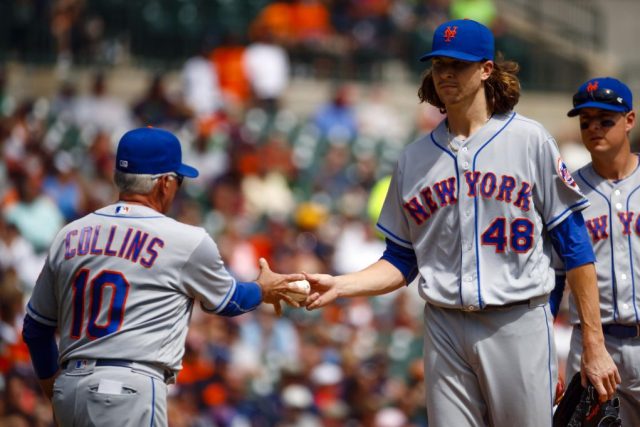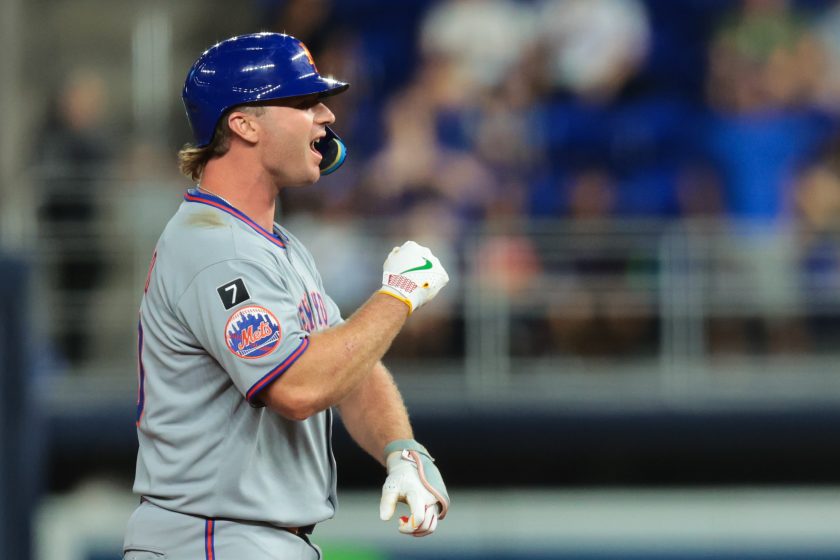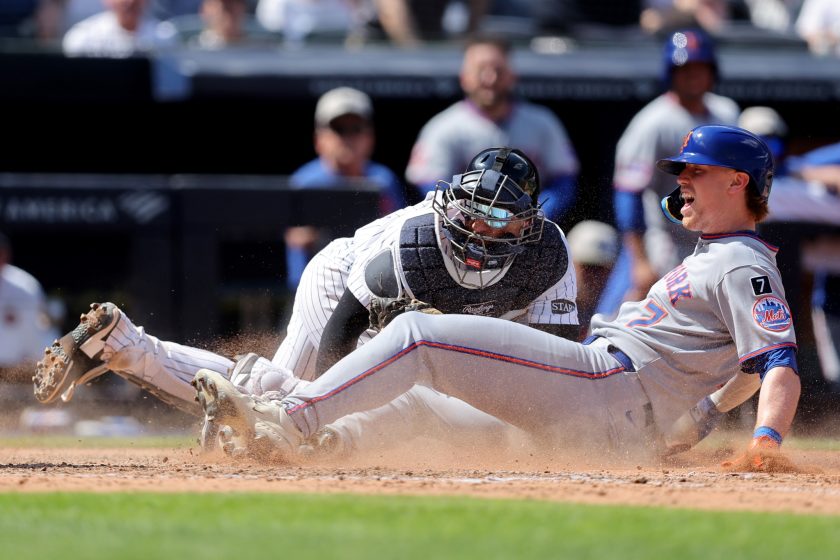New York Mets: How management should handle the rotation in 2017


LHP Steven Matz
[dropcap]M[/dropcap]uch like fellow rotation-mate deGrom, young lefty Steven Matz also had a heartbreaking end to his 2016 campaign.Matz would require season-ending surgery to remove chips from his throwing elbow that was a problem for the majority of the season. The Mets believed the southpaw couldn’t pitch with the discomfort any longer, leading to his premature exodus.
Matz has had an injury plagued career to this point and the Mets need to be cautious with him in 2017 to break that trend.
The 25-year-old should be limited in Spring Training, as well as on a five inning leash in each of his first three starts of the regular season. The Mets should also consider putting an innings cap on his total season to ensure his long term success beyond just next year.
Another possibility is moving him to the bullpen towards September, in order to keep him fresh down the stretch while still being able to play a vital role towards the team’s success.
[sc name=”Mets Link Slideshow” link=”elitesportsny.com/2017/01/03/new-york-mets-how-management-should-handle-the-rotation-in-2017/4/” text=”RHP Matt Harvey” ]





